 The Extent of Saffron Cultivation in Iran
The Extent of Saffron Cultivation in Iran
Saffron cultivation in Iran
Iran is the world’s leading producer of saffron, accounting for about 90% of the total global saffron production. This significant figure shows how dominant the country is in this industry. The remaining 10% is produced by other countries, but even these countries heavily rely on Iranian saffron. A large portion of Iran’s saffron is exported to countries like Spain, the UAE, and Hong Kong for processing and packaging before it is sold internationally.
The Global Role of Iranian Saffron
Iran’s contribution to the saffron market is critical for the world. While saffron consumption within Iran itself is relatively small, the bulk of the saffron produced is sent abroad. As the largest producer and exporter of saffron, Iran plays a pivotal role in supplying this prized spice to other countries. Iranian saffron is valued for its quality, making it the preferred choice in global markets. This dominance has positioned Iran as an undisputed leader in the saffron industry.
Area Under Saffron Cultivation in Iran
In 2020, the area devoted to saffron farming in Iran reached 125,000 hectares. From this vast area, Iran produced 500 tons of dried saffron, the majority of which is destined for international markets. On average, each hectare produces 15 to 20 kilograms of dried saffron. This high yield is a testament to Iran’s ideal soil conditions, climate, and modern farming techniques, all of which contribute to the country’s ability to consistently produce top-quality saffron.
Key Saffron Producing Provinces in Iran
The provinces of Khorasan Razavi, Khorasan South, and Khorasan North are Iran’s leading saffron producers, together accounting for approximately 90% of the country’s total production. Khorasan Razavi stands out with 85,000 hectares dedicated to saffron farming, while Khorasan South contributes around 15,000 hectares. Kerman, another province, also plays a role with about 1,600 hectares of saffron cultivation.
Additional Saffron Producing Regions
Saffron cultivation in Iran
Other provinces, including Esfahan with 1,300 hectares and Hamedan with 270 hectares, also contribute to saffron production. While these regions have smaller cultivation areas, their combined output still adds to the overall saffron industry in Iran. This widespread cultivation across the country ensures that Iran remains a global powerhouse in saffron production.
In conclusion, Iran’s saffron cultivation remains a cornerstone of the global spice market. With modern agricultural practices and expert guidance, Iran will continue to thrive as the world’s leading saffron producer and exporter, playing an essential role in global commerce.
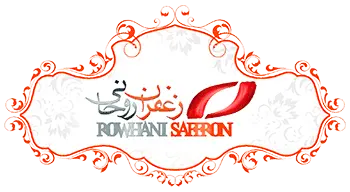
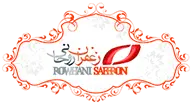
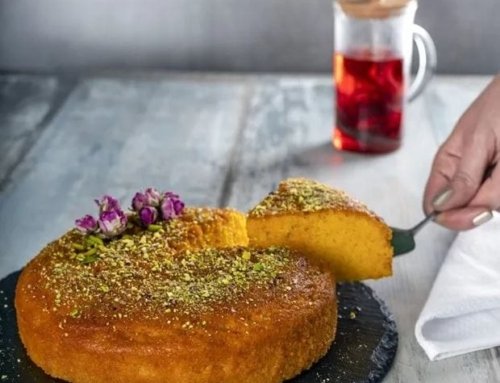
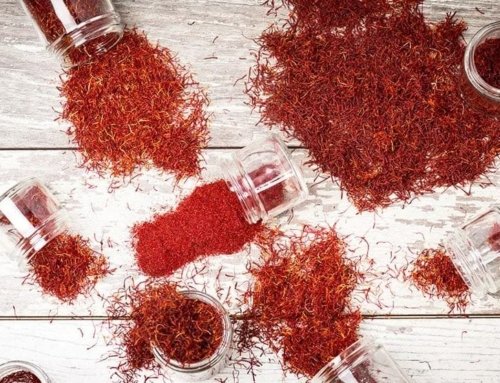
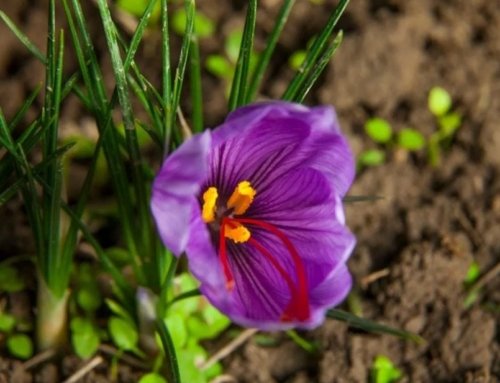

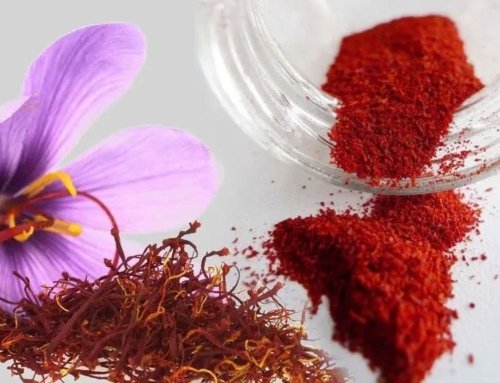
Get Social